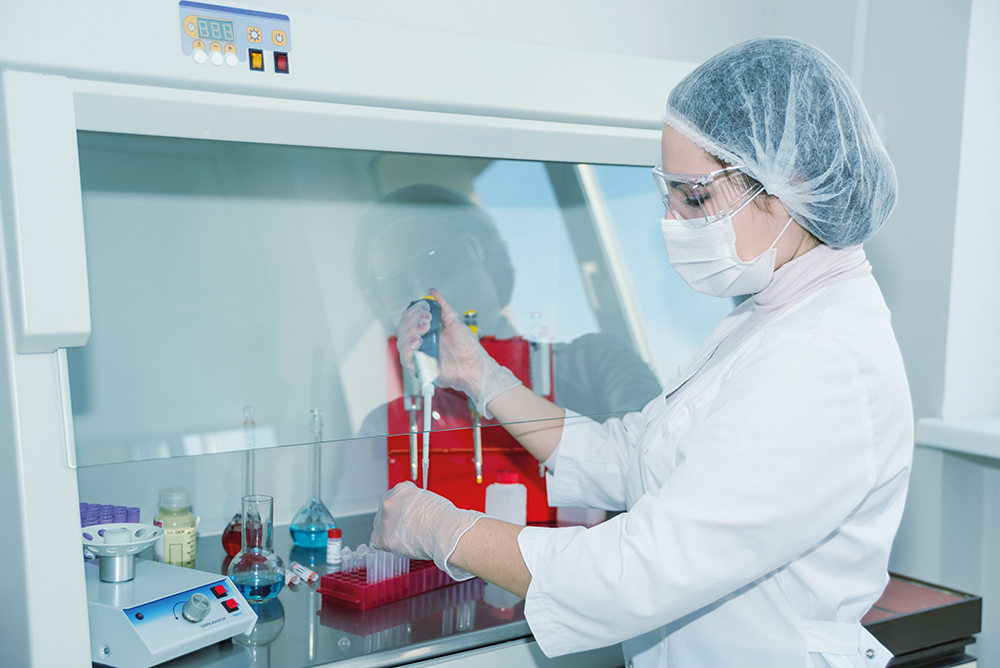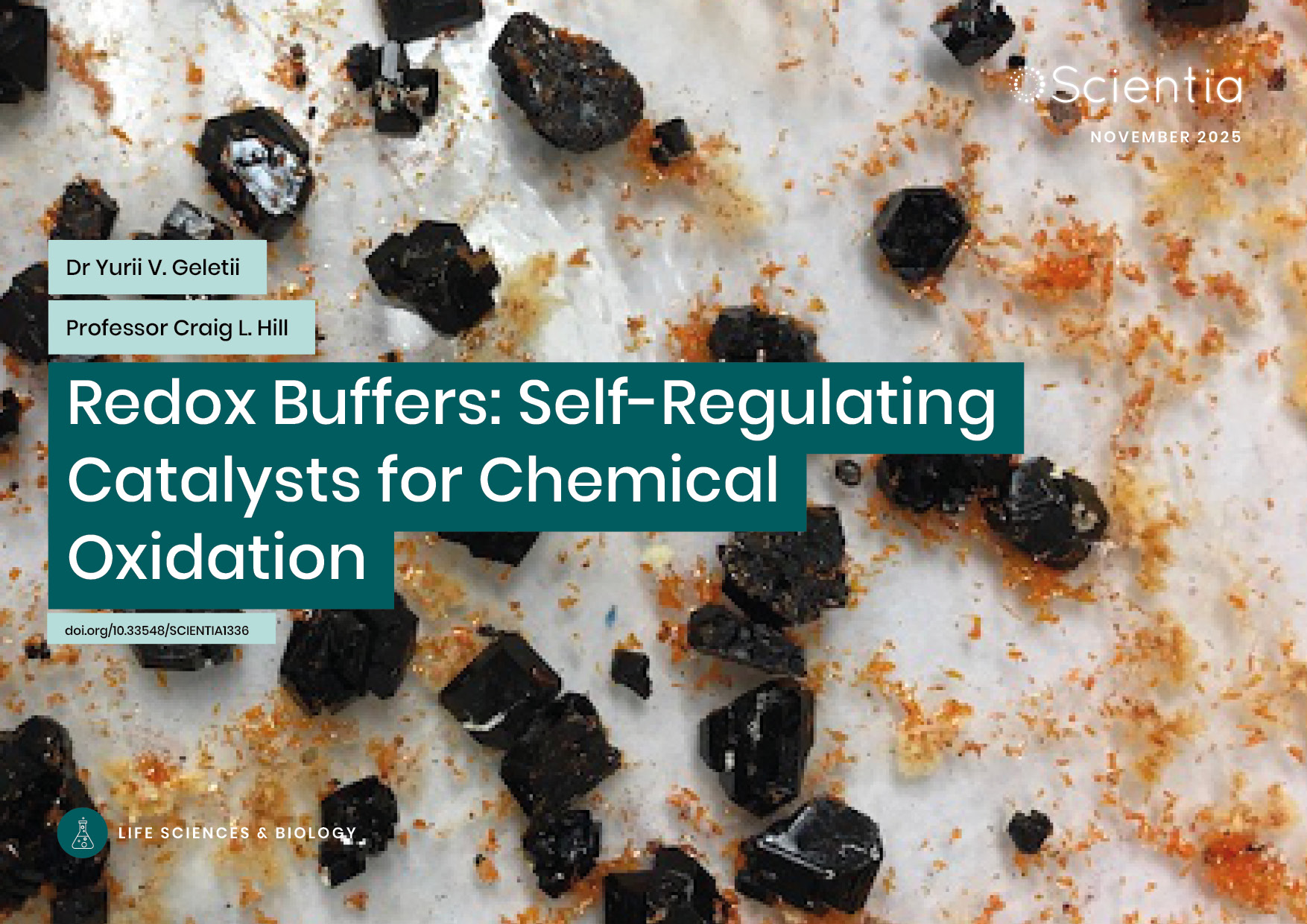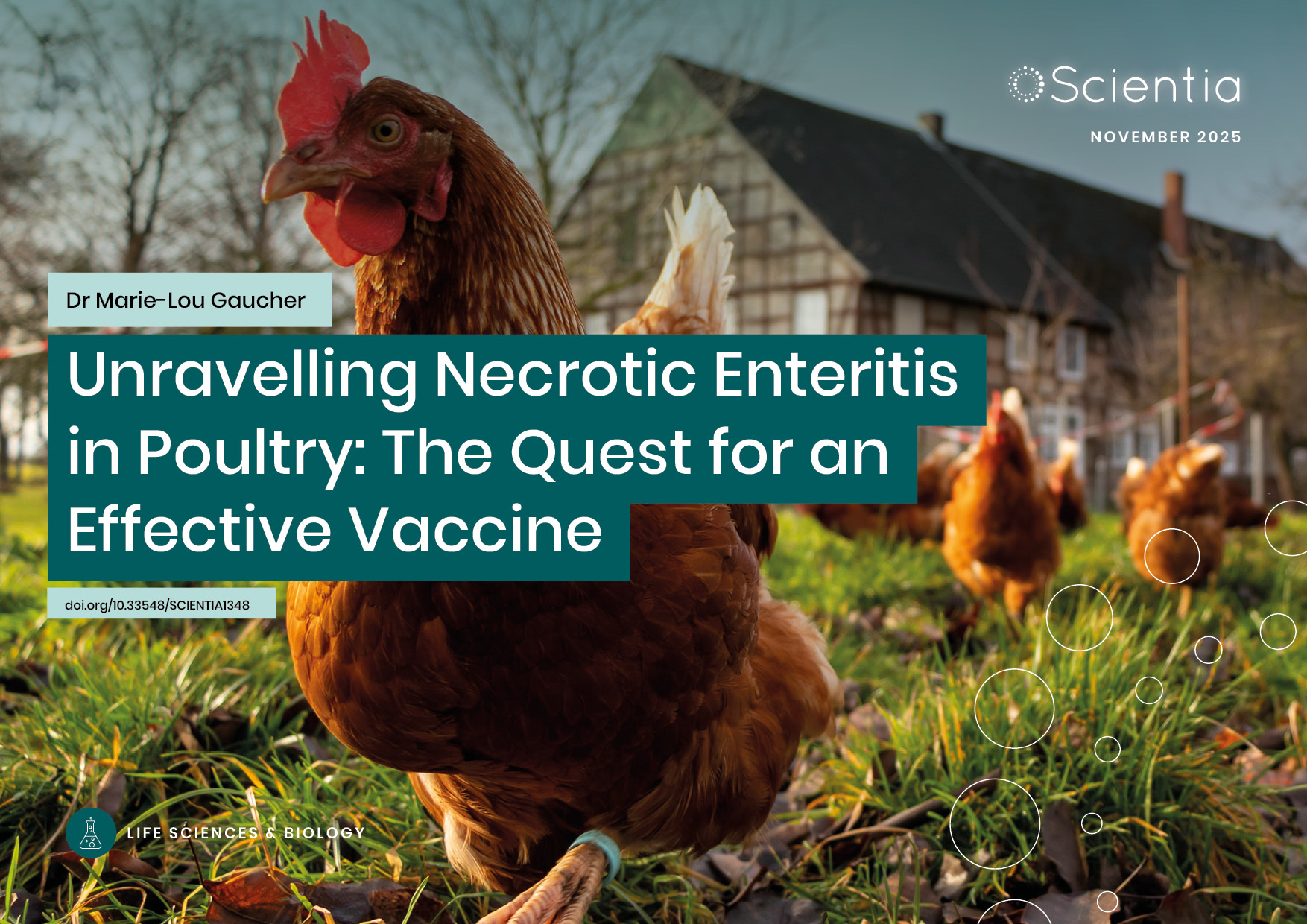Association of Medical Research Charities

Aisling Burnand, Chief Executive Officer of the Association of Medical Research Charities
Over 30 years ago, a small group of diverse medical research charities formed the Association of Medical Research Charities (AMRC) to unite the sector and provide it with a leading voice. Since then, their membership has grown to 146 charities and they continue to lead and support the sector in delivering high-quality research that saves and improves lives. The AMRC is now the UK’s national membership organisation for health and medical research charities. In this exclusive interview, we speak with Aisling Burnand, AMRC’s Chief Executive, to hear about their vital work.
As the Chief Executive of AMRC, what are your vision and aims for the future?
As CEO, my vision is a future where the voice of patients, who are experts by experience, is given equal parity in shaping research and innovation priorities in a world class UK research environment.
The AMRC will be able to ensure that research charities are better prepared for future challenges and provide them with more collaborative opportunities that will deliver benefits to patients sooner.
What specific roles are filled by medical research charities in the overall research landscape?
Charities play a crucial role in the UK’s medical research landscape, creating a much more diverse funding landscape than most other countries and ensuring that excellent research can be funded. Collectively our member charities spent £1.3 billion on medical and health research in the UK in 2018. This accounts for 41% of all publicly funded medical research nationally: more than the Medical Research Council or the National Institute of Health Research.

Charities Supply the UK’s Skills Pipeline
Medical research charities invest with a long-term vision in human capital and the development of skills. In 2018, AMRC member charities were funding 17,000 researchers which span all essential roles in the research process, including 1,700 PhD students in universities across the UK. Charities are committed to growing the skills pipeline to deliver future generations of researchers trained in new and emerging fields, who are equipped to work across disciplines in order to tackle complex research challenges.
Charities Spark Further Investment in UK R&D
Charities are often the only funders in early-stage, preliminary research – de-risking ambitious projects for future investors and paving the way for other funders such as industry. In the last decade, funding from medical research charities leveraged over £196 million in funding from UK and international companies.
Charities Fund from the Patient’s Perspective
Patients are at the heart of many medical research charities. The research that charities fund is often in response to patient need and aims to communicate and meet these needs. Thanks to this close relationship, many medical research charities are funding research that could result in truly transformative outcomes for patients.
Charities are Entrepreneurial and Innovative
Charities are increasingly seeking innovative and novel approaches to investing in research, in order to maximise the benefits for patients. They often act like entrepreneurs and seek collaborative partners to achieve transformative goals. In the last decade, researchers funded by AMRC charities created over 61 spin out companies; and contributed to the production of 550 medical products including drugs, medical devices and diagnostic tools.
Charities are Honest Brokers
Charities can bring together university researchers, funders, small and medium-sized enterprises, regulators, patients and others in areas of unmet need. Working together, they can more efficiently define problems, craft research proposals and identify funding sources to expedite solutions through cross-disciplinary, lateral and radical thinking.

How do you support member charities in promoting the delivery of high-quality health and medical research?
We equip our member charities with regular guidance and training, provide quality standards and carry out an audit every five years to ensure they are supporting the best, most impactful research and researchers. This in turn helps them to deliver the changes that really matter to patients.
With our member charities funding £13 billion in medical research over the last 10 years it’s been essential for us to help them maximise the impact of their investment. In order to do this, we play a vital role in influencing the research environment – from forging partnerships, to voicing our member charities’ concerns and ideas to policy makers, to developing position statements – we ensure medical research charities get the recognition and voice that they deserve and need.
Researchers are increasingly required to demonstrate the impact of their research. How do you feel we should best measure the impact of research?
Medical research charities are committed to funding research that positively impacts people living with health conditions or diseases. For many charities this is only made possible through public donations and so they must let the public know how their money is being spent and what impact it is having.
The pathway to impact is rarely linear. Instead, it often involves many different funders and research teams over a long period of time. This cumulative nature of impact makes it challenging to track in an effective way.
We’re helping a number of our member charities use an online tool called Researchfish that allows them to collect data on the outcomes of their research funding over time. Many of our charities also choose to gather outcomes from research through other methods.
The member charities that do collect data on research outcomes through Researchfish enable us to pool their data and perform an in-depth cross-sector analysis of their impact. We categorise their outcomes into five impact areas:
o Generating new knowledge
o Translating research ideas into new products and services
o Influencing policy and other stakeholders
o Stimulating new research via new funding or partnerships
o Developing the human capacity to do research
You can find out more in our sector impact report which is available online for anyone to read. By developing this impact report, we hope to demonstrate the many different ways that impact can be evidenced.

Why do you feel patients are so critical to the research process?
It’s vital that people with health conditions, and their carers, are given the opportunity to influence and participate in research. There is a building body of evidence of the positive impact that involving patients and the public can have. It ensures that the right research is done, and that the research is done right.
No matter how complicated the research, or how brilliant the researcher, patients are experts by experience and always offer unique invaluable insights. Their advice when designing, implementing, and evaluating research invariably makes studies more effective, more credible and often more cost effective as well.
The experience of living with a health condition or caring for a loved one can provide a vital and different perspective to researchers when shaping or evaluating new programmes of research.
What challenges do you see on the horizon for health and medical research charities in the United Kingdom? How might these challenges be best managed?
If there is one guaranteed thing in today’s world it is uncertainty, change, and unpredictability.
Disruption to EU research networks and funding streams as well as to the flow of skills and talent from the EU are already being felt as a result of the UK’s decision to leave the EU. The shape of the UK’s future relationship with the EU will impact many aspects of the UK research and innovation landscape and medical research charities may have to adapt to a new state of play.
According to the World Economic Forum we have already entered an intense period of unprecedented, exponential change. The rapid advances in, and fusion of, technology and biotechnology, the rise in algorithms and automation, and big increases in data collection, storage, and AI manipulation – all will combine and lead to a scale of transformation never before experienced. Charities need to get ahead of the curve.
The UK has an ageing population and people are increasingly living with a number of different conditions. In order to pursue research that can truly have a meaningful impact on patients, charities must react to the increasing incidence of multiple long-term conditions. This could require the traditional approach to health research to change, with collaboration taking on a new level of importance.
Data driven technologies are likely to become the mainstay of our future health care and research system. Data currency is likely to become significant. Charities, being closely connected with patient communities and highly trusted, have great responsibility to approach this space with transparency and openness, making sure that patient data is protected with rigorous ethical frameworks whilst the opportunities of new technologies are capitalised on.
We’ve developed a report which uncovers some of the excellent ways charities are taking the initiative and responding to the changing environment around them. This is intended to help our member charities reflect on their preparedness for challenges on the horizon.

Reference
https://doi.org/10.33548/SCIENTIA417
Creative Commons Licence
(CC BY 4.0)
This work is licensed under a Creative Commons Attribution 4.0 International License. 
What does this mean?
Share: You can copy and redistribute the material in any medium or format
Adapt: You can change, and build upon the material for any purpose, even commercially.
Credit: You must give appropriate credit, provide a link to the license, and indicate if changes were made.
More articles you may like
Professor Richard Ludueña | Two Turkish Cities Were Essential in the Development of Science and Religion – a Work in Progress
This book explores the history of the area in Turkey where these two cities lie. Prof Richard Ludueña and his daughter visited Harran and Sanliurfa (formerly Edessa) in 2014. He found them fascinating and wanted to learn more about their histories, but found no book that focused on their history from the beginning to modern times. So, he decided to write one.
Harran still bears its ancient name, but Edessa has had a great variety of names and is now called Sanliurfa. Our story goes back long before the cities were founded, back to the late Neolithic site of Göbekli Tepe, where monuments have carvings consistent with a destructive comet.
Dr Yurii V. Geletii – Professor Craig L. Hill | Redox Buffers: Self-Regulating Catalysts for Chemical Oxidation
Chemical reactions often demand precise control over their operating conditions to proceed efficiently. While chemists routinely use pH buffers to stabilise acidity levels, far less attention has been directed towards stabilising the electrochemical potential of solutions during oxidation–reduction reactions.
At Emory University, Dr Xinlin Lu, Dr Yurii Geletii, and Prof Craig Hill have pioneered a catalytic system that not only drives chemical reactions, but also acts as its own redox buffer. By automatically maintaining conditions optimal for electron transfers while converting malodorous thiols into odourless compounds, this innovation points to a new generation of catalysts that adjust themselves, delivering both efficiency and environmental benefits.
Dr Marie-Lou Gaucher | Unravelling Necrotic Enteritis in Poultry: The Quest for an Effective Vaccine
Avian necrotic enteritis (NE) is one of the most significant intestinal diseases affecting poultry worldwide, particularly broiler chickens. It causes major economic losses due to reduced growth rates, poor feed efficiency, and high mortality. The disease is caused by the bacterium Clostridium perfringens, specifically pathogenic type G strains. Dr Marie-Lou Gaucher from the Université de Montréal and her collaborators have been relentlessly studying ways to develop an effective vaccine against C. perfringens. Their promising findings may lead to innovative vaccination strategies and new methods to manage NE in poultry flocks.
Nick Martin | Data Assimilation: Overcoming AI’s Data Uncertainty Limitations for Water Resources
Water resources are essential for human life. Knowing how to manage water, both now and in the future, is necessary to continue using it as well as possible. Nick Martin and Jeremy White are examining limitations to artificial intelligence applications in water resources generated from noisy and estimated data sets. For poor quality data sets, they found that machine learning models will perform poorly relative to tools that explicitly include physics-based descriptions of physical processes; this is because physics-based calculations can use both data and physics knowledge through data assimilation techniques.




